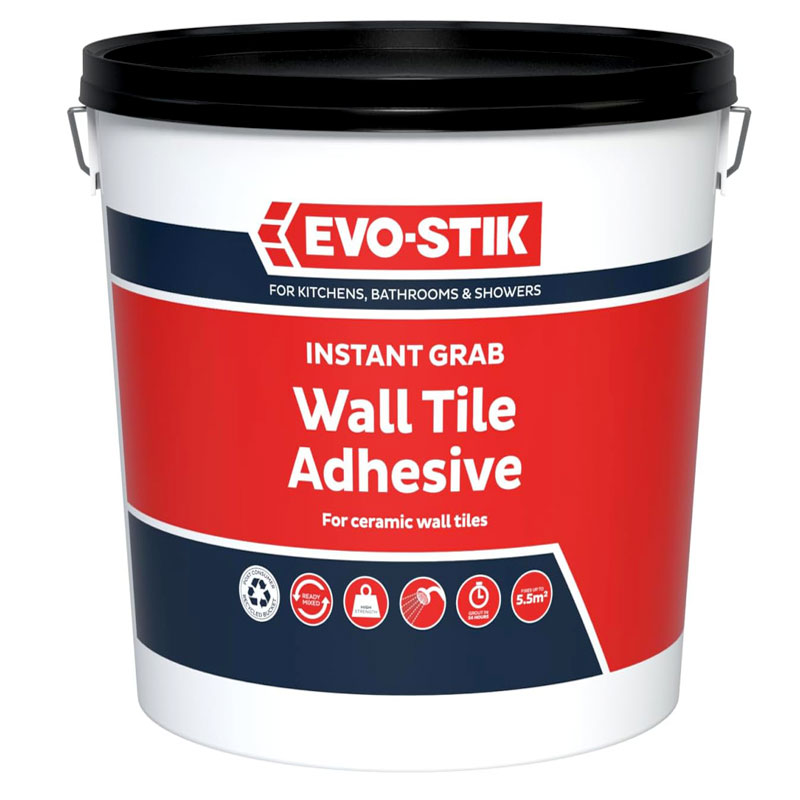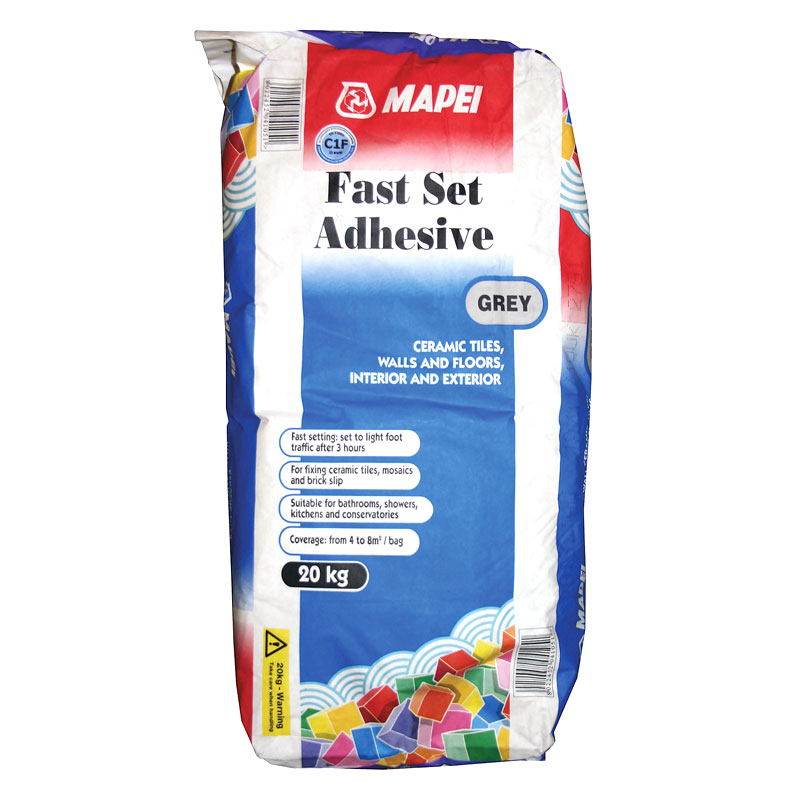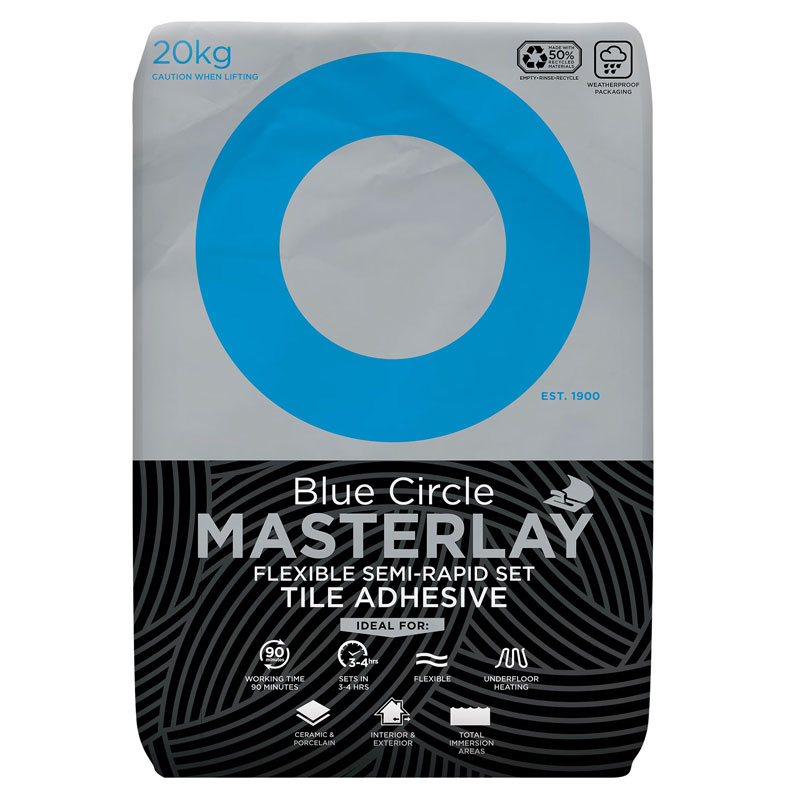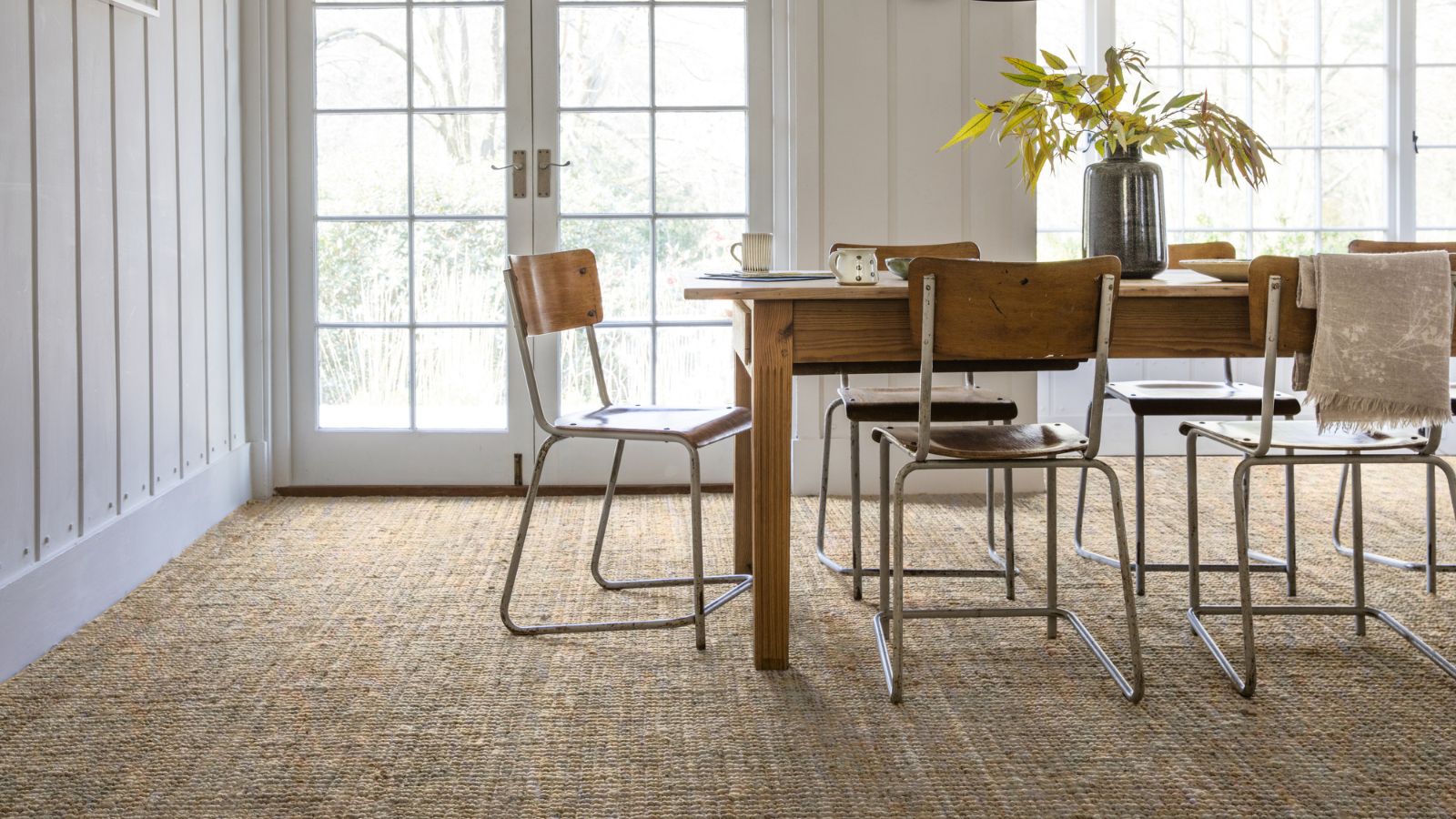How long does tile adhesive take to dry? We answer 7 common queries related to drying times
How long does tile adhesive take to dry is a straightforward question with a less simple answer. Here we look at the factors that determine drying times
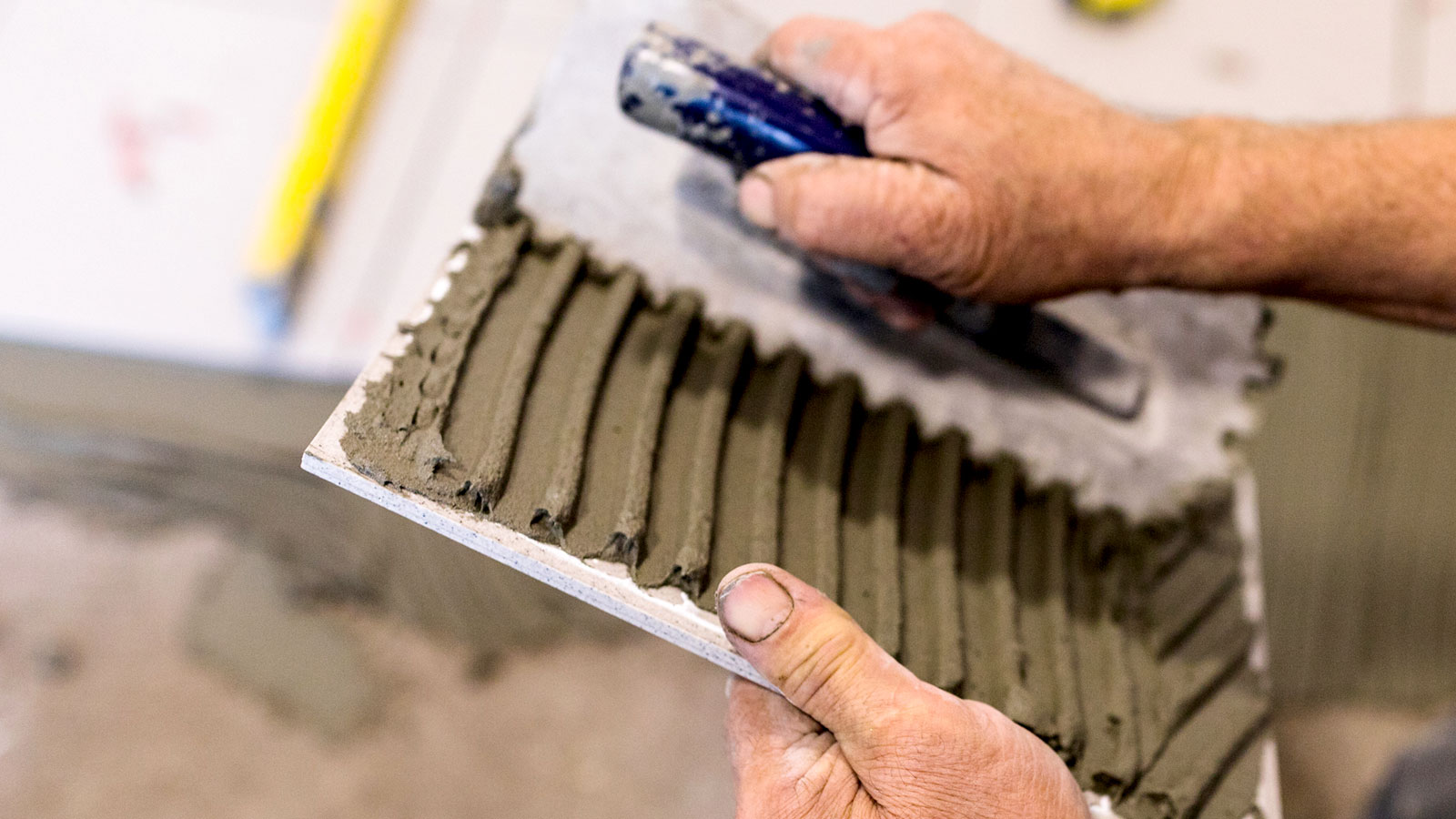
- 1. How long does tile adhesive take to dry?
- 2. How can I get tile adhesive to dry quicker?
- 3. Are wall and floor tile adhesive different?
- 4. Can tile adhesive be too thick?
- 5. How long before you can walk on tile adhesive?
- 6. How long do you leave tile adhesive before grouting?
- 7. Why is my tile adhesive not drying or sticking properly?
When tackling a tiling project, knowing how long does tile adhesive take to dry is a crucial part of the process. Not all tile adhesives are made equal, so different adhesives have different drying times. And it's not just the adhesive that influences how long you have to wait to get a strong bond. There’s a whole host of other factors to consider.
How much tile adhesive do I need isn’t one of those factors. But, it’s still important that you know how much you need. Make up too much tile adhesive and it will dry out during use making it lose its strength and adhesion qualities, thus rendering it useless.
How long does tile adhesive take to dry is not the same as the curing time
It's important to note that drying times are not the same as curing times.
A simple explanation is that drying time is when any water content has evaporated, while curing (which can take a lot longer) is when the adhesive reaches maximum hardness/strength.
One simple tip is to make sure that you read and follow the manufacturer's recommendations on the packaging. This will typically tell you what size and what type of tiles the adhesive can be used with, where it can be used, how long it will be workable and how to apply it to get best results.
To make sure that your adhesive is dry we suggest you leave for a few hours longer than recommended.
1. How long does tile adhesive take to dry?
Whether you’re tiling a bathroom wall, a kitchen splashback or a hallway floor, a general guideline to the question how long does tile adhesive take to dry is 24-48 hours. But there are different factors that can affect drying times.
Type of adhesive
Bring your dream home to life with expert advice, how to guides and design inspiration. Sign up for our newsletter and get two free tickets to a Homebuilding & Renovating Show near you.
Different tile adhesives have different drying times. You may be using a quick set adhesive for example, which dries quicker than a standard adhesive.
Location
Then there are environmental issues to consider such as temperature and humidity. Tile adhesive in a cold, damp working area will take longer to dry than a working area that is warm (within the recommended working temperatures) and has low humidity.
Size
The size of the tile being used will also have an affect on drying times. The air will take longer to reach the middle of larger tiles, prolonging the drying times.
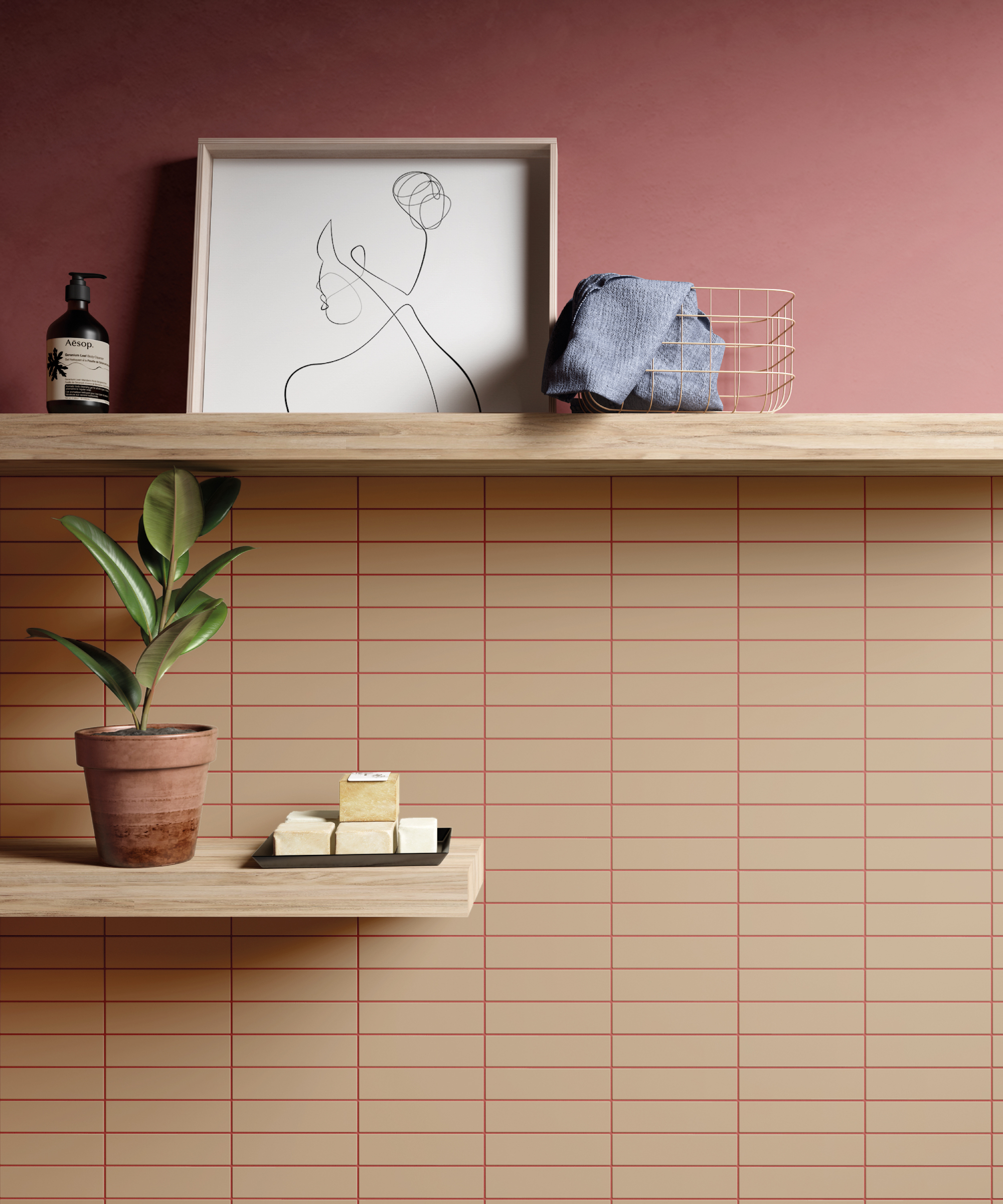
2. How can I get tile adhesive to dry quicker?
Tile adhesive has a preferred working temperature - commonly between 5-30 degree Celsius. So the first step is to make sure that your working temperature is not too cold or too hot. Once your tiles have been applied to a wall or ceiling let warm air circulate through the room. Open a window to help, but make sure this doesn’t cause the temperature to drop too low.
The alternative is to use a fast drying rapid set tile adhesive. Check the instructions to make sure it is compatible with the tile and surface you are working with.
3. Are wall and floor tile adhesive different?
Yes, wall and floor tile adhesive are different and you need to make sure that you are using the right adhesive for the job.
“Using the right wall or floor tile adhesive is very important in the fixing of ceramic tiles.” explains Stephen Russell of Ashley Cross Tiling. “Typically for the DIY market, wall tile adhesive is usually sold ready-mixed. This can be used on primed plaster or plasterboard but never for laying floor tiles as it doesn’t support weight.”
Stephen continues, “wall tile adhesive can take 6-12 hours to set, but then again it comes down to temperature, thickness etc.”
So how does floor adhesive differ from wall adhesive?
“Floor tile adhesive usually comes in a bag which you mix yourself. You can buy floor adhesive ready mixed but you will find that it works out as a very expensive way to tile a floor,” says Stephen.
“Floor tile adhesive is commonly cement based, available in a normal drying time of about 24 hours for normal conditions. Also available is a Rapid Set adhesive which sets extremely quickly. Always mix just enough for what you can use in the drying time.”
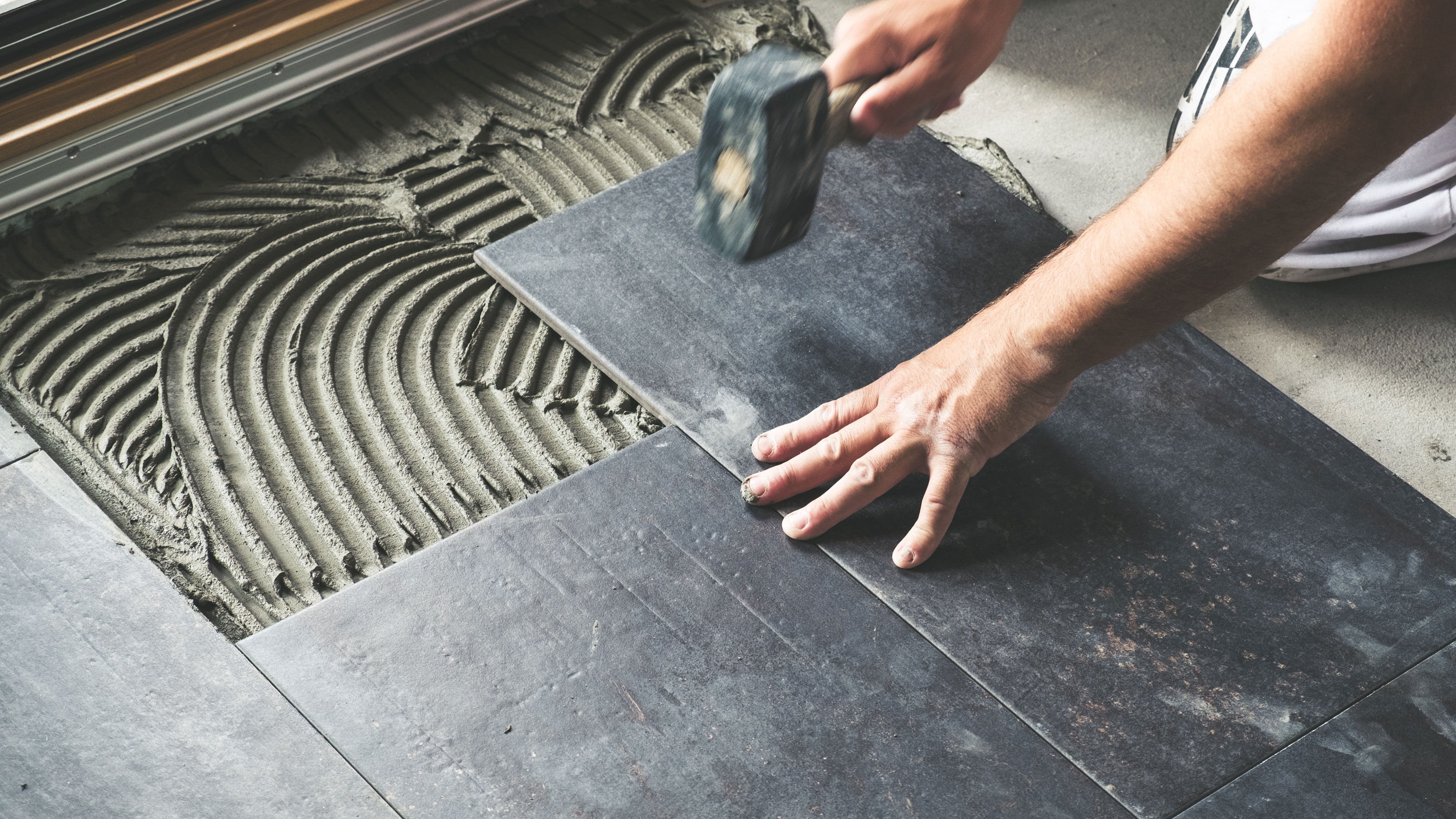

Stephen Russsell has over 35 years of experience working in the tiling trade in the UK and overseas. He specialises in kitchen tiling, wall, floors, bathrooms, showers and repair work.
Try these tile adhesives for walls and floors
4. Can tile adhesive be too thick?
Yes it can. If it’s too thick, typically it will take longer to dry and its bond might not be as strong. The thickness of the adhesive will depend on what tiles are being used and how flat the surface it is being applied to.
For wall tiles on a flat surface you need to apply a thin bed of adhesive which should be approximately 3mm when the tiles are applied and pressed into place.
A 6mm or 8mm notched trowel is the ideal choice for wall tiles. When tiling a floor a larger 10mm or 12mm notched trowel is commonly used to create a 5mm bed when the tiles have been laid.
5. How long before you can walk on tile adhesive?
This will depend on what adhesive you are using and room conditions, says Stephen Russell. “When using normal floor adhesive it’s probably best to wait 24 hours before walking on them or grouting floor tiles."
But, as already mentioned it will vary if your are using a different adhesive. “Rapid Set Adhesive can typically be walked on and grouted after a couple of hours," says Stephen.
6. How long do you leave tile adhesive before grouting?
Twenty four hours is the typical timeframe. It’s common practice to do the tiling one day and then add the grout the following day. But you will need to check that the tile adhesive is dry before you start grouting. If the adhesive is not dry you will need to leave it for another 24 hours and check again. Once the tile adhesive is dry you can start adding grout.
If you add grout before the tile adhesive is dry, you will be trapping moisture behind the tiles. This will lead to a weaker bond and tiles falling off a wall, or moving if on the floor. The trapped moisture can lead to mould forming in the grout, and discoloured grout. If any of these issues arise consider regrouting the tiles to get a proper finish.
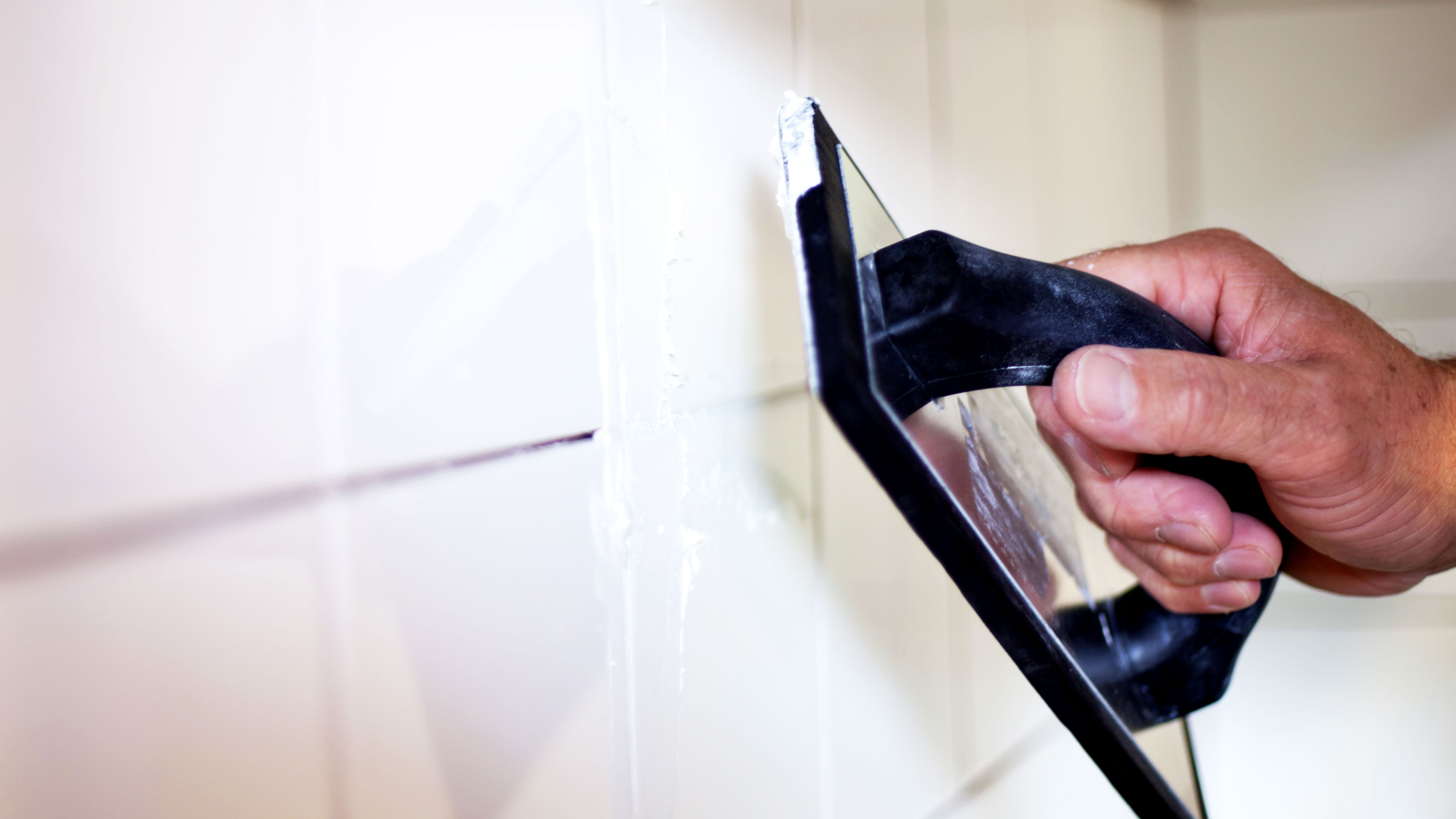
7. Why is my tile adhesive not drying or sticking properly?
You need to make sure that the surface you are applying the adhesive/tiles to is clean. It needs to be free from dirt, debris, grease and dry before you start. Make sure that the tiles are free from dust, especially if they have been sat around for a while.
Plus, a surface ideally needs to be reasonably smooth and free from raised areas or bumps that could cause issues. One of the benefits of tiling on tiles is that you will have a flat surface to adhere to. Just make sure that the tiles are clean and roughed up to help adhesion.
Now you the answer to how long does tile adhesive take to dry, be sure to check out our tiling a corner, tiling around a window and porcelain vs ceramic tiles guides to help you get a good-looking professional finish.
Steve Jenkins is a freelance content creator with over two decades of experience working in digital and print and was previously the DIY content editor for Homebuilding & Renovating.
He is a keen DIYer with over 20 years of experience in transforming and renovating the many homes he has lived in. He specialises in painting and decorating, but has a wide range of skills gleaned from working in the building trade for around 10 years and spending time at night school learning how to plaster and plumb.
He has fitted kitchens, tiled bathrooms and kitchens, laid many floors, built partition walls, plastered walls, plumbed in bathrooms, worked on loft conversions and much more. And when he's not sure how to tackle a DIY project he has a wide network of friends – including plumbers, gas engineers, tilers, carpenters, painters and decorators, electricians and builders – in the trade to call upon.
